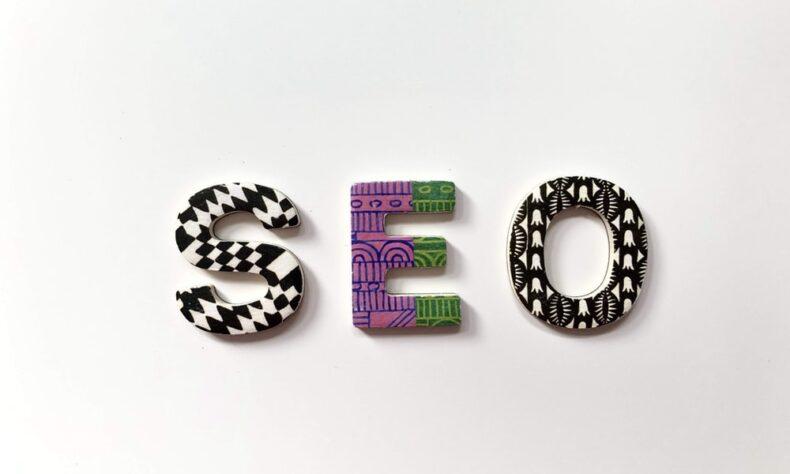
SEO stands for search engine optimization. It is a term that refers to all optimization activities that a website does to improve its position in search engines’ organic results. This will help increase website traffic. increase awareness about your brand.
Most customers rely on search engines to make decisions about their purchases.
- 89% of consumers use search engines to make purchasing decisions.
- 71% start their business buying decisions with search engines.
What does SEO optimization mean?
SEO stands for Search Engine Optimization, or search engine optimization.
SEO refers to the combination of internal and external activities on your website. It aims to increase organic (non-paid) visits to your site by optimizing it for keywords that are relevant to the market where it is operating. Your business.
You need to be able to identify your location in order for Google to rank you higher.
Search Google manually from your mobile or desktop computer by entering one of the keywords that you used to position the website. Make sure you are browsing in incognito mode and open a new browser window. This will prevent any cookies from distorting the search result.
Positioning on page one of the results will allow you to attract more people and then convert them by increasing your company’s turnover.
- 75% of users rely on the information on the front page.
- 60% of web traffic comes from organic search results.
Improve speed and performance.
Website loading speeds are one of the most important ranking factors for Google. In the past, you could be fined by Google if your site took too long to load. But things have changed… A slow website frustrates users today and discourages them from purchasing your product. A potential customer associates slow sites with unreliability and then abandons them. Now it’s time for you to evaluate the key features of your website.- It is crucial to analyze the HTML code. In fact, the search engine spiders are the ones that determine our position in search results.
- Verify that your page titles and meta descriptions are correct.
- Optimize individual pages’ text, create a structure that is clear, and include heading tags.
- Search engines prefer websites that are mobile-friendly.






